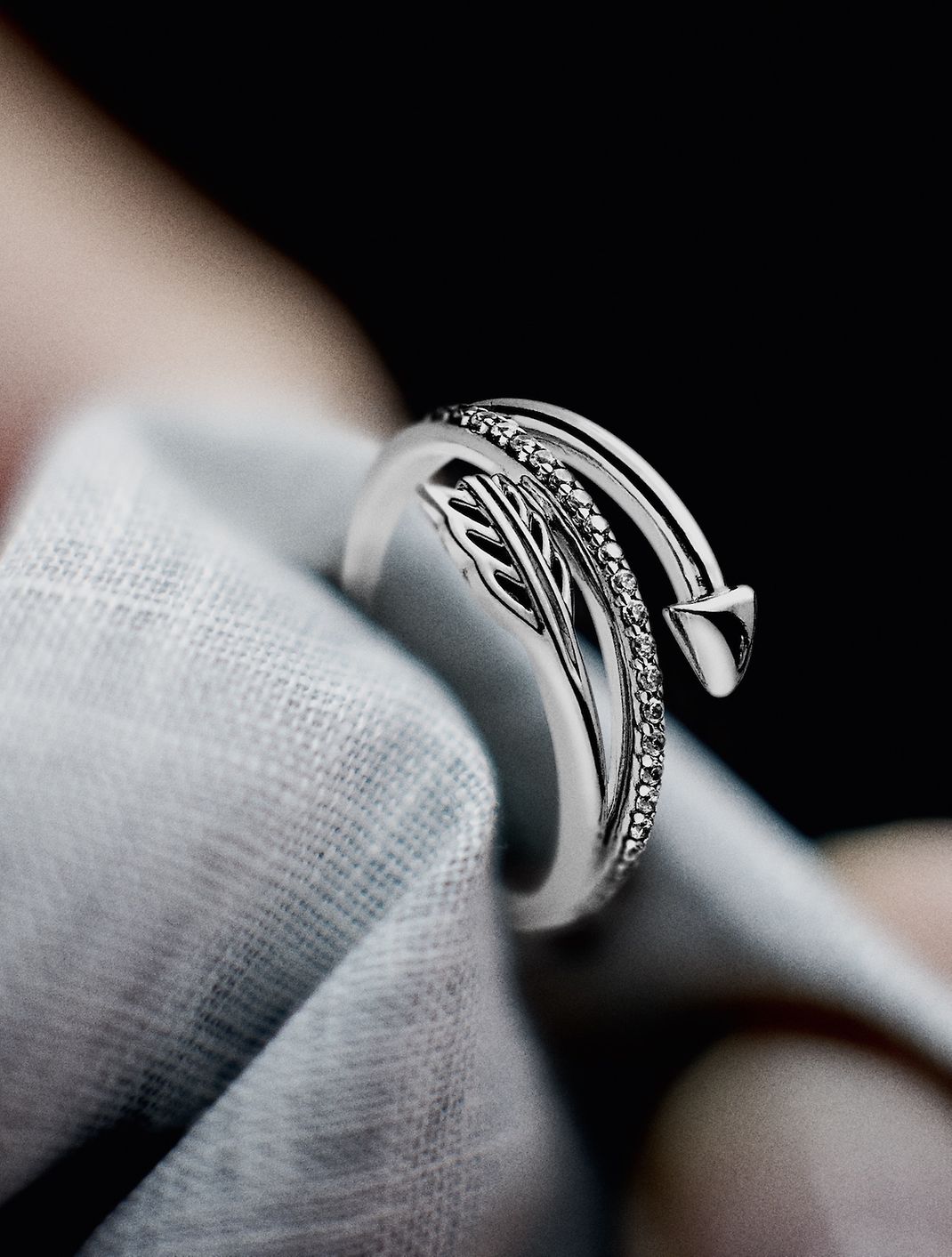How to judge a pearl's quality
The value of pearls is affected by six factors: luster, surface, shape, color, size and matching.
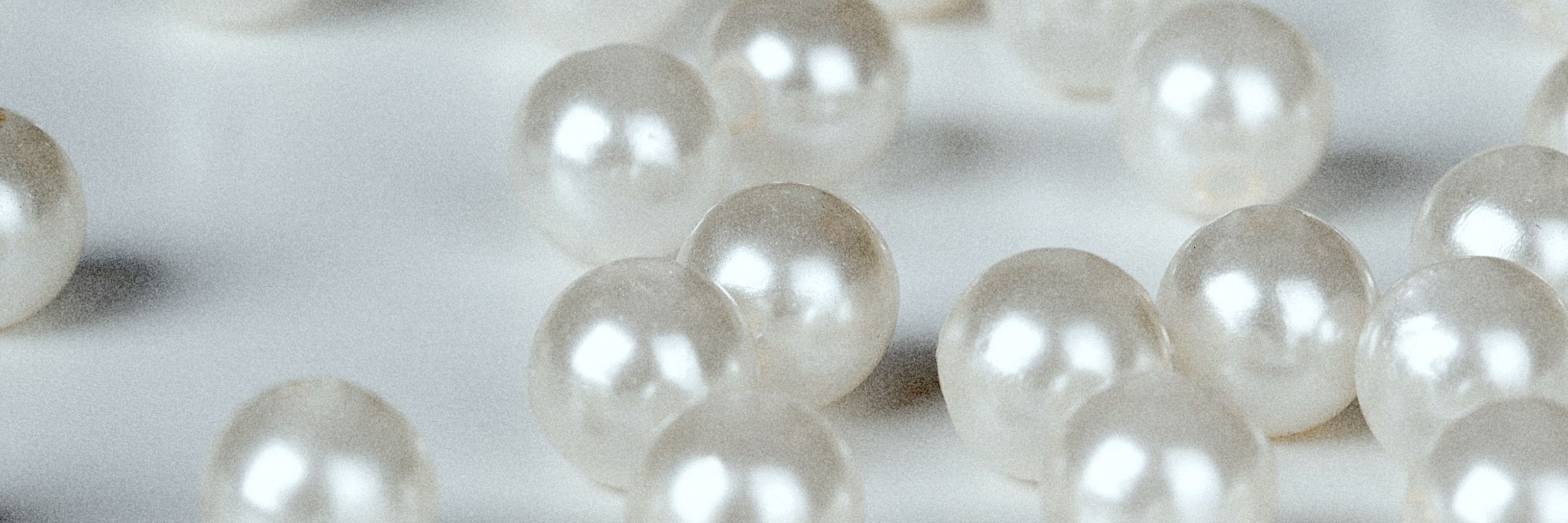
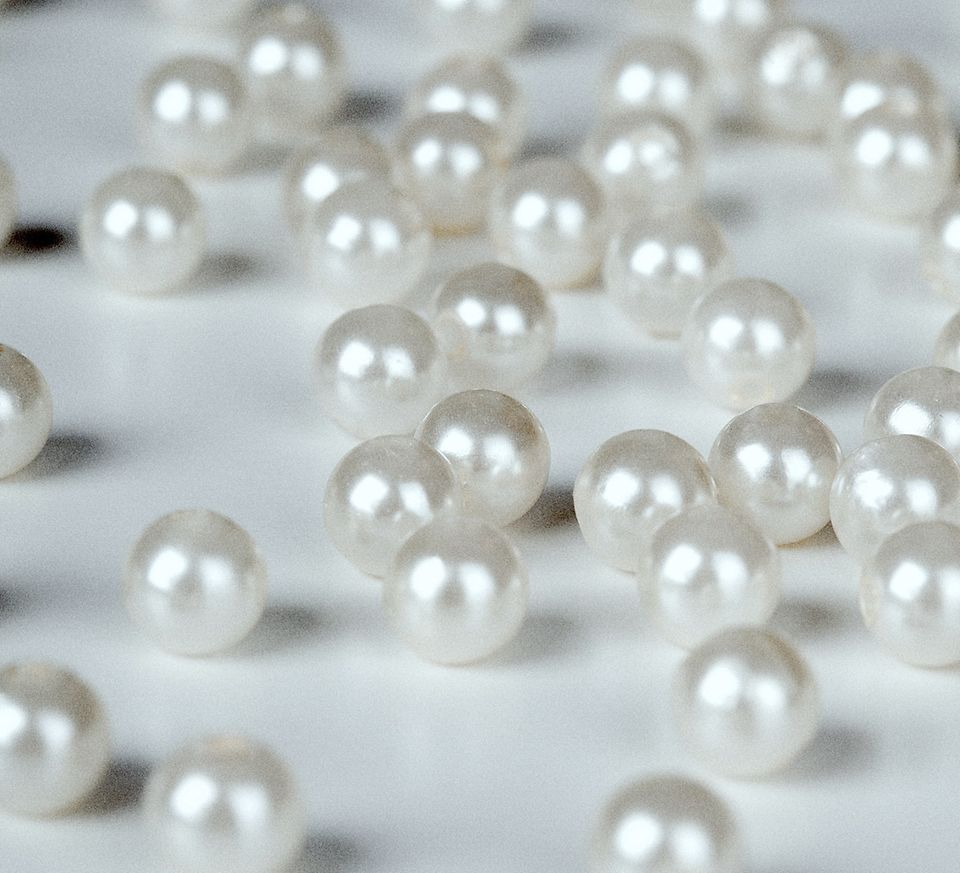
Jackie Kennedy once told us pearls are always appropriate and we agree. Belonging to a small group of precious, natural stones classified as organic gems, pearls are used in so many ways in jewelry.
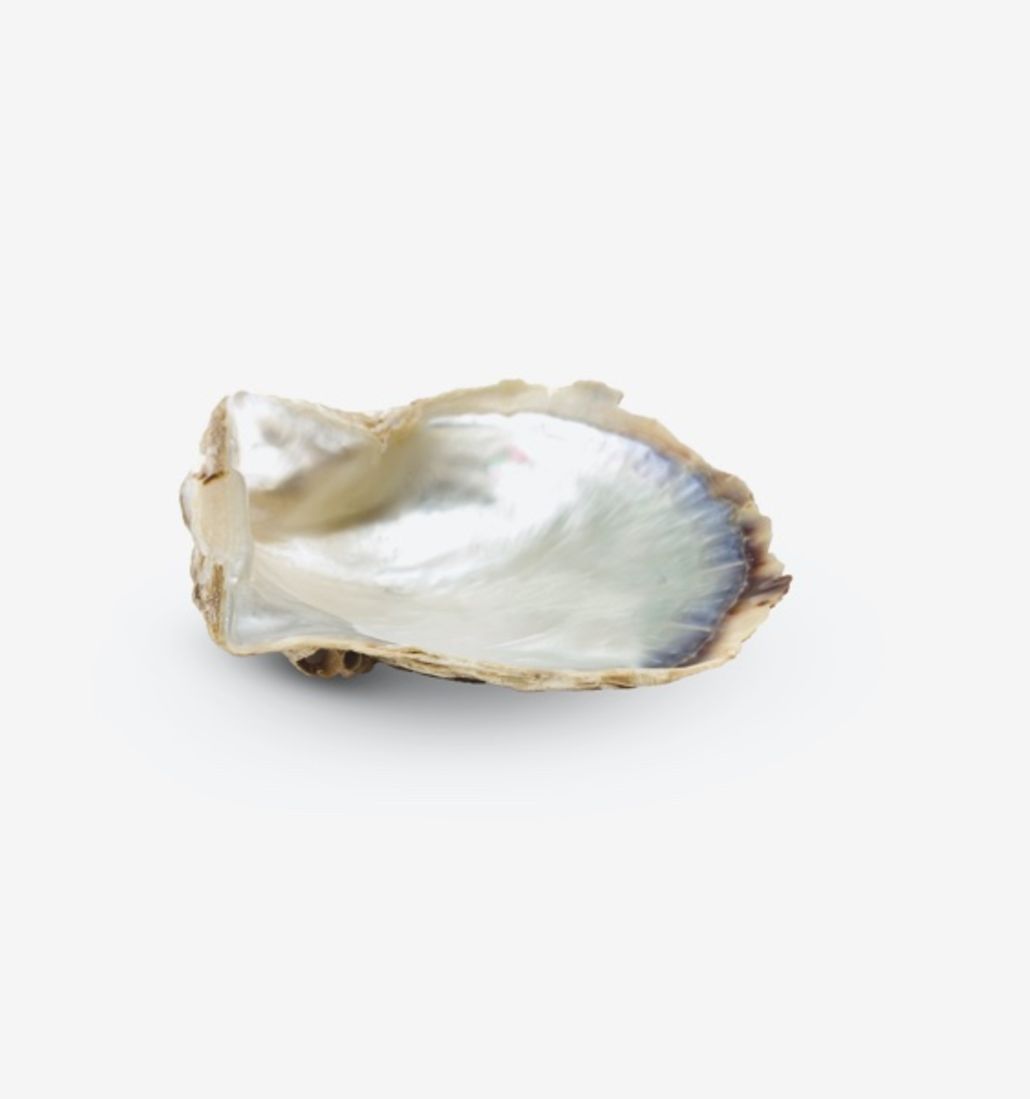
Mother of pearl (or nacre) is not an actual pearl, but rather the pearly inner layer found within certain types of mollusk shells.
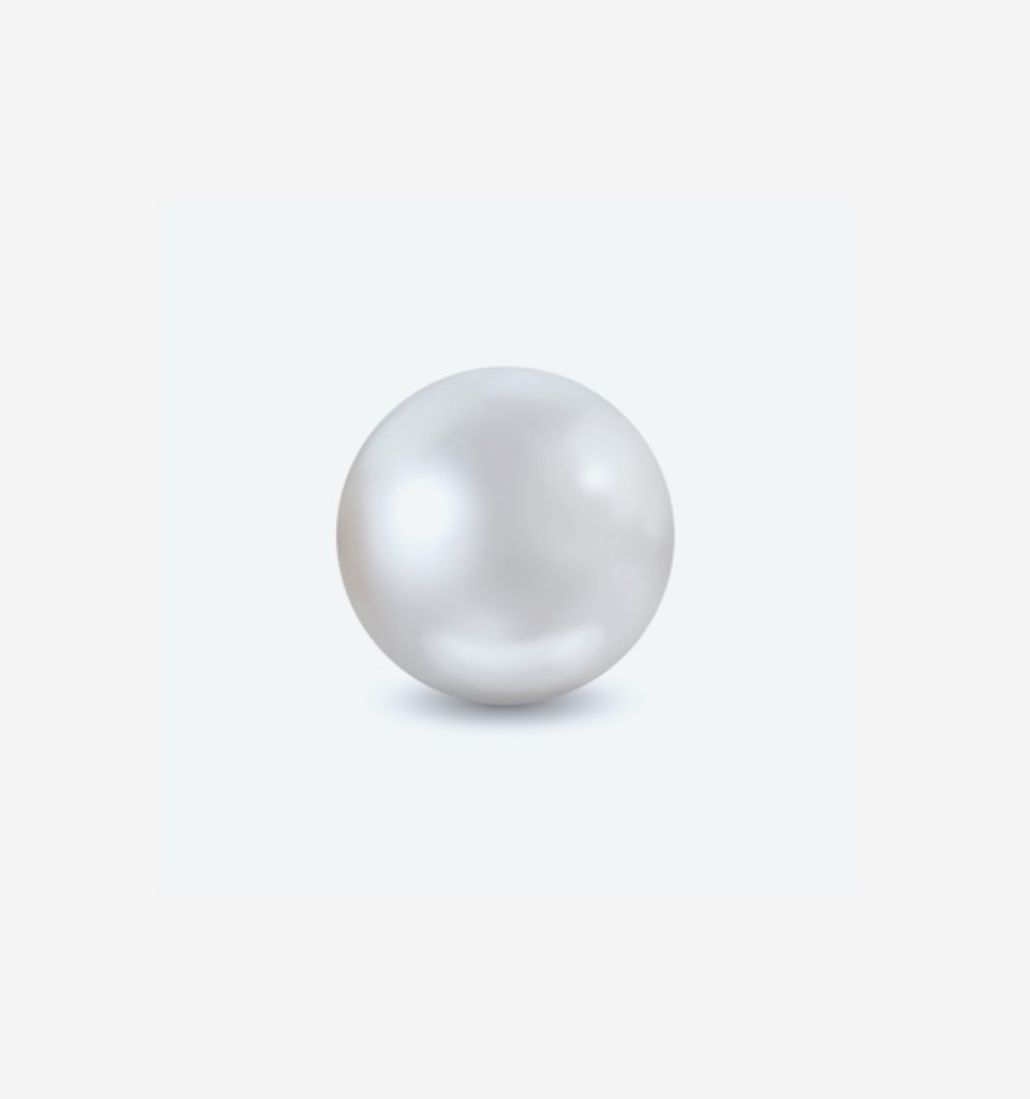
Classified as organic gemstone and formed in a pearl sac of a mollusc with the intervention of man. Note: the relevant treatments for treated freshwater cultured pearls are bleaching or dyeing and lustre enhancement.
Pearls have always been associated with love, happiness and success. We can see this in historical examples of pearls being worn by, for instance, Cleopatra, and today traditionally worn by brides and gifted to new mothers.
Throughout history, pearls were unbelievably rare and only available to the upper classes of society. Today, scientific innovation has made it more readily available.
In nature, a pearl is created when a foreign object, usually a grain of sand or a piece of shell, becomes trapped inside a shell.
To protect itself from the irritant, the animal inside the mollusk begins to cover the object with nacre (mother of pearl). Over time, the irritant becomes completely enclosed in multiple layers of nacre, creating what we know as a pearl.
Pearls require no cutting, faceting or polishing though, they are often worked to fit a given piece of jewelry. They are naturally formed and two are never the same.
Pearls come in a variety of shapes, colors and sizes – ranging from whole-round pearls and blister pearls to blisters – and form in both fresh and salt water.
The value of pearls is affected by six factors: luster, surface, shape, color, size and matching.
A pearl’s surface luster is a measure of its brilliance and reflectivity, reflecting how 'shiny' or 'dull' it is. The luster is influenced by the thickness and quality of the nacre: typically, the thicker the nacre, the greater the luster.
This plays an important role in the valuation of pearls. The fewer surface blemishes, the higher the value. Blemishes are visible bumps, marks, imperfections or small indentations on the surface, which give each pearl a unique 'fingerprint' of identifying factors.
Pearls come in a wide variety of shapes divided into three broad categories: 1) Spherical (round), 2) Symmetrical (balanced and regular) and 3) Baroque (irregular or abstract).
Described as a combination of the body color and the overtone. Some also show the iridescent color phenomenon known as 'orient', which refers to the shimmering, iridescent colors appearing to move and glitter when the pearl is turned.
The larger the size of the pearl, the greater its value. Large pearls not only require larger mollusks to produce them, but they also require much more time to develop inside the mollusk, depending on the size of the nucleus.
No two pearls are exactly alike. Therefore, pearls must be carefully sorted by color, size and shape. When using more than one pearl in a jewelry design, they are matched precisely to ensure symmetry.
Never soak treated freshwater cultured pearls in water or rub them harshly as this could damage the nacre. Instead clean them by wiping them over with a very soft, clean cloth dampened in lukewarm soapy water. Then pat dry.
Clean a lacquered artificial pearl (a crystal core coated with an innovative lacquer resembling the opalescence of a pearl) with a clean, dry anti static cloth. If dirt has built up over time, wipe gently with a clean microfiber or lint-free cotton cloth dampened in lukewarm, soapy water and pat dry with a clean, dry cloth.
Keep your Pandora collection as sparkly as you are! Discover how to clean your jewelry and give it the care it deserves.

